I’ve seen some mold makers get 40% more life from their D2 steel tools. Others face edge chipping and early wear. Why the difference?
It’s not about the steel itself. It’s about how you treat it, coat it, and use it.
Nordic makers have worked on D2 tool steel (X155CrVMo12-1 steel) for decades. They use exact heat treatment. They use new surface work. They use green practices. These methods now make up 63% of the region’s cold-work mold production.
I recommend looking at their results. Dies last longer. Defects drop. Energy costs go down.
But even the best Nordic factories face one key challenge today.
1. Introduction: The Strategic Role of D2 Steel in Nordic Manufacturing
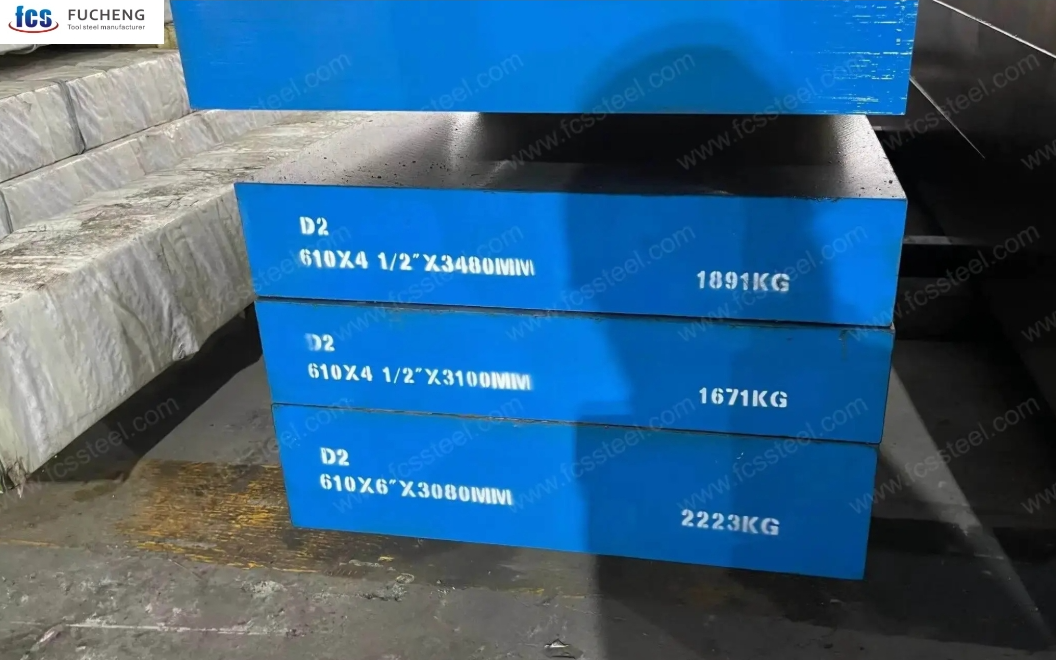
Across the global mold manufacturing industry, the Nordic region stands out for its precision engineering, reliability, and commitment to sustainable production.
Among the various tool steels used in cold work applications, D2 tool steel (AISI D2 / 1.2379 steel) remains a dominant material thanks to its high wear resistance, dimensional stability, and superior hardenability.
According to data released by the European Mold Technology Association (EMTA, 2024), nearly 63% of cold-work molds in the Nordic region use D2 (SKD11 steel) or its improved variants—especially in Finland, Sweden, Denmark, and Norway.
Over the years, Nordic mold manufacturers have accumulated deep expertise in the use of D2 steel. Their innovations in heat treatment, surface engineering, and sustainable manufacturing have set global benchmarks.
This article analyzes four typical innovation models among Nordic mold makers, exploring their advancements, data-backed practices, and the real challenges encountered when working with D2 steel.
2. Innovative Practices: Unlocking D2’s Full Potential
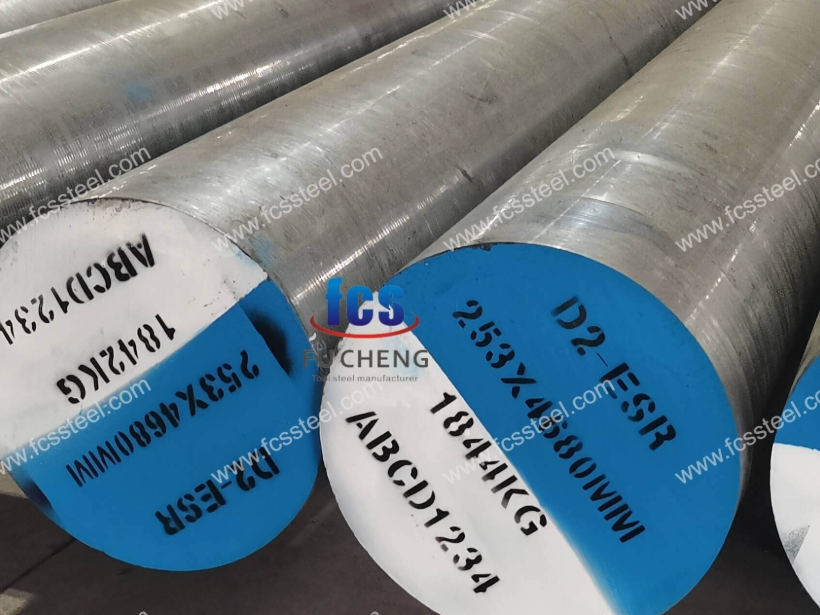
(1) Precision-Focused Optimization in Punching Dies
A leading Finnish mold manufacturer conducted long-term experiments to address D2 (XW-42 steel) edge chipping and wear issues in high-precision punching dies.
By optimizing the heat treatment process curve and stabilizing the tempering temperature around 520°C, they achieved a consistent hardness of HRC 60 ±1.
This optimization extended die life by approximately 25%, while significantly reducing microcracks along cutting edges.
The technique later became a widely referenced model for D2 enhancement in the Nordic cold-work tooling industry.
(2) Surface Modification Advancements in Sweden
Swedish mold producers have led Europe in surface treatment innovation. Many employ combined nitriding and PVD coating processes to enhance D2’s wear and corrosion resistance.
For instance, a Swedish high-precision stamping plant reported that D2 molds coated with TiAlN achieved a 30% reduction in surface friction and a 40% increase in service life compared to uncoated molds.
These improvements demonstrate Nordic manufacturers’ deep understanding of microstructural control and surface engineering synergy.
(3) Norway’s Sustainable Powder Metallurgy Approach
In Norway, several mold factories have explored D2 steel recycling and powder metallurgy regeneration, aligning with the region’s sustainability goals.
By refining recycled D2 with adjusted carbon and chromium ratios, they achieved uniform carbide distribution and improved consistency in mechanical properties.
According to the Norwegian Industry Manufacturing Alliance (NIMA), this method reduced material waste by 18% and energy consumption by 12% since 2023—reflecting Nordic leadership in green steel innovation.
3. Heat Treatment Innovation: The Core of Performance Improvement
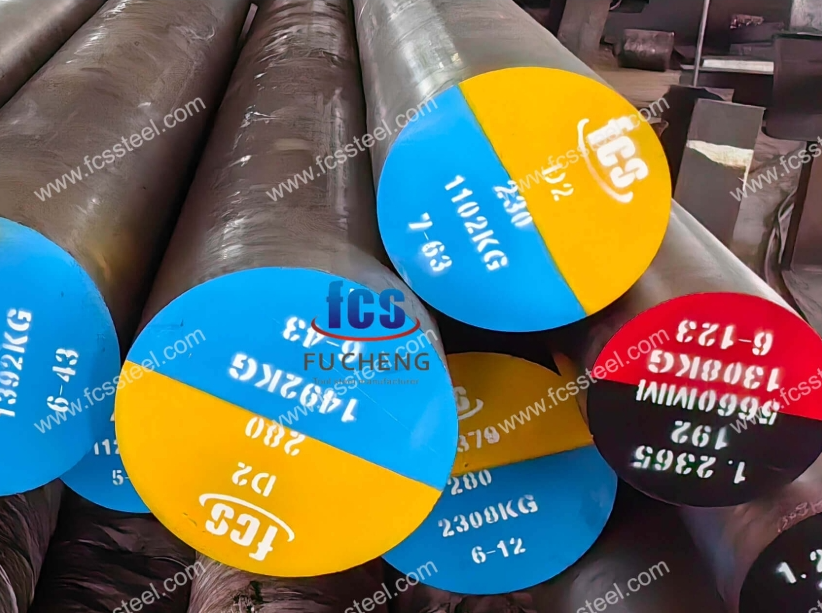
The performance of D2 tool steel depends heavily on the precision of its heat treatment process. Nordic mold factories are known for integrating automation and intelligent control into this stage.
(1) Precision-Controlled Vacuum Furnaces
In Denmark, a major mold manufacturer installed a fully automated atmosphere-controlled vacuum furnace capable of maintaining a temperature accuracy of ±2°C.
The result: dimensional deviation reduced to below 0.03 mm, and overall product consistency improved significantly.
(2) Dual Tempering and Cryogenic Processing
Finnish engineers have refined D2’s multi-stage tempering by combining dual tempering with deep cryogenic treatment.
This approach effectively suppresses retained austenite, enhancing hardness stability by 15%—particularly beneficial for high-frequency stamping operations.
(3) AI-Assisted Monitoring Systems
Several Swedish mold facilities have begun using AI-based thermal monitoring to analyze heat treatment parameters.
By correlating furnace data such as temperature, atmosphere, and cooling rate with mold lifespan, they achieved a 22% reduction in defect rates and improved predictability in heat treatment outcomes.
4. Surface Engineering and Microstructural Innovation
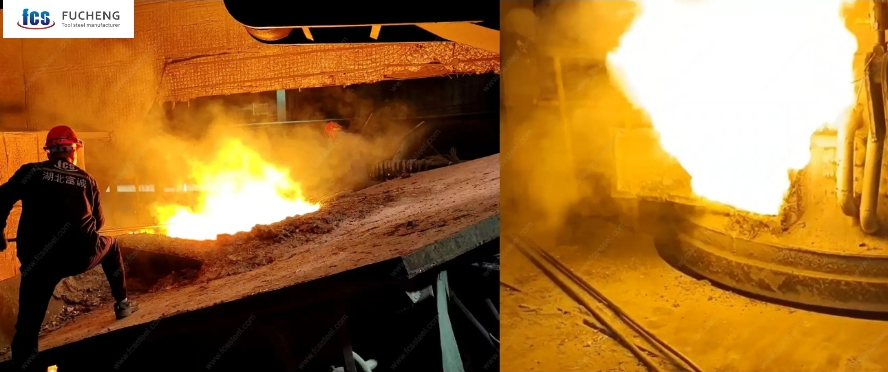
Nordic mold companies have also achieved breakthroughs in surface strengthening and microstructural optimization for D2 steel.
(1) Low-Temperature Plasma Nitriding (LPN)
Unlike traditional nitriding, LPN operates at around 450°C, minimizing grain boundary embrittlement.
A Danish mold producer applied this method and achieved a surface hardness exceeding HV 1200 while maintaining strong toughness.
This balance between hardness and ductility is particularly advantageous for cold-forming dies under cyclic stress.
(2) Composite Coating Synergy
Many Nordic manufacturers now use multi-layer composite coatings, combining nitrided layers with PVD or CVD films.
Testing shows that such dual-layer molds exhibit 50–70% longer service life under heavy-load cutting and forming conditions.
This demonstrates the region’s transition from single-material optimization toward systematic surface enhancement strategies.
5. Major Challenges in D2 Applications
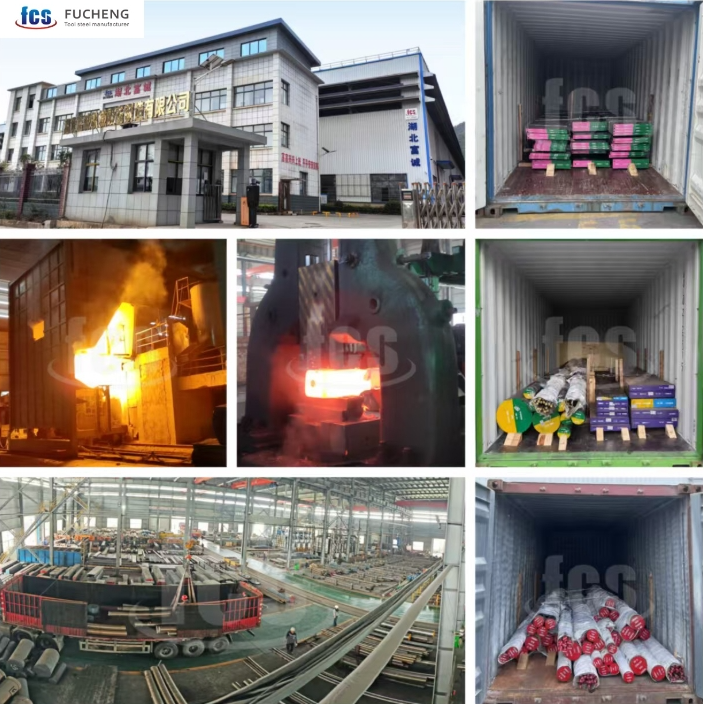
Despite these innovations, D2 steel continues to present several technical and operational challenges in Nordic manufacturing environments.
(1) Machinability Issues from High Alloy Content
The high chromium content (≈12%) in D2 leads to low machinability.
Manufacturers often rely on coated carbide tools and reduced cutting speeds (20–25 m/min), which increase production costs and tool wear rates.
(2) Heat Treatment Sensitivity
D2 is extremely sensitive to temperature deviations. A fluctuation beyond 10°C can lead to coarse grains or cracking.
Even with advanced furnaces, operator expertise remains critical to ensure consistency.
(3) Environmental and Energy Constraints
Under the EU’s stricter carbon emission policies, D2’s energy-intensive processing has drawn attention.
Many Nordic mold factories are shifting toward electric arc furnaces and renewable power sources to reduce their carbon footprint.
(4) Competitive Pressure from New Materials
With the rise of powder metallurgy tool steels (PM-D2, PM23, K110 variants), some Nordic manufacturers have started transitioning from traditional D2 to new high-performance alloys.
While these alternatives offer improved toughness, the shift challenges existing supply chains and heat treatment practices.
6. Future Trends: Toward a Smarter and Greener D2 Ecosystem
Looking ahead, Nordic mold manufacturers are redefining D2 applications along three key dimensions:
(1) Intelligent Manufacturing and Data-Driven Heat Treatment
AI and digital twin systems are being integrated to monitor heat treatment parameters in real time—optimizing hardness, wear resistance, and cost efficiency simultaneously.
(2) Circular Economy and Low-Carbon Manufacturing
Recycled D2 steel and eco-friendly production methods will become standard practice.
Lifecycle analysis and carbon tracking will increasingly influence supply chain choices.
(3) Customized Microstructural Design
Future D2 development will emphasize tailor-made microstructures, designed for specific mold types such as high-impact dies or precision blanking molds, ensuring maximum performance per application.
7. Conclusion: Global Lessons from Nordic Practices
The Nordic experience clearly demonstrates that D2 tool steel remains an indispensable material in cold work tooling.
Through consistent investment in heat treatment optimization, surface modification, and green manufacturing, the region’s mold manufacturers have achieved a balance between performance and sustainability.
For global tool steel producers and suppliers, these insights are invaluable:
- Precision-controlled heat treatment and hybrid surface coatings can extend tool life significantly.
- Data-driven and environmentally conscious manufacturing can reduce costs and emissions.
- Continuous innovation ensures D2 steel maintains its relevance in next-generation tooling.
As competition intensifies in the global mold steel industry, the Nordic region’s innovation and resilience in D2 steel applications symbolize a broader shift—toward smarter, cleaner, and more sustainable manufacturing worldwide
